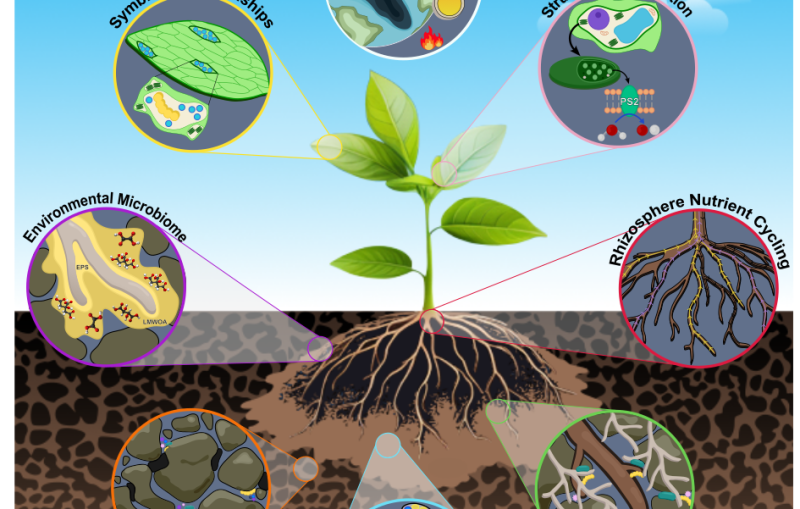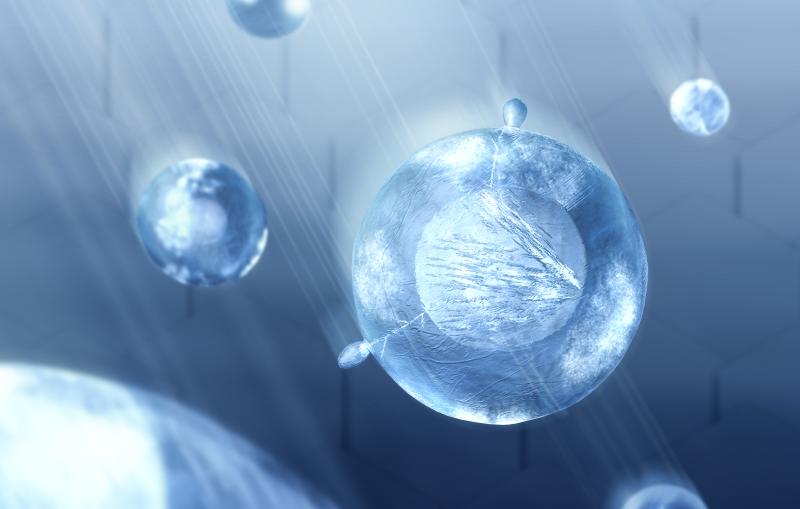How clean water technologies could get a boost from X-ray synchrotrons
In a new perspective, SLAC and University of Paderborn scientists argue that research at synchrotrons could help improve water-purifying materials in ways that might not otherwise be possible.
The world needs clean water, and its need is only going to grow in the coming decades. Yet desalination and other water-purifying technologies are often expensive and require a lot of energy to run, making it that much harder to provide more clean water to a growing population in a warming world.
To move forward, researchers should use tools such as those available at X-ray synchrotrons to better measure the properties of materials involved in purifying salty or otherwise contaminated water, argue scientists at the Department of Energy’s SLAC National Accelerator Laboratory and the University of Paderborn in Germany,
“This is an opportune time for the country really – national labs, academia and industrial partners – to advance the science related to desalination” and other clean water technologies, said Michael Toney, a distinguished scientist at SLAC’s Stanford Synchrotron Radiation Lightsource. Toney together with coauthors SSRL scientist Sharon Bone and Paderborn’s Professor Hans-Georg Steinrück have just published a new perspective on advancing clean water technology in the journal Joule.
The challenge is substantial. Around the world, billions of people struggle to find clean drinking water at least one month a year, and projections suggest that demands for water in some parts of the U.S. – including California, which struggles with droughts – will outpace supply by about 2050.
On top of that, desalinating or otherwise cleaning water is often costly and energy inefficient – and it’s not always clear how to improve those technologies.
For instance, in membrane reverse osmosis, saltwater flows over a membrane under pressure, pushing clean water through the membrane into a freshwater stream and retaining salt, organics, and contaminants on the salty water stream. Yet researchers do not understand in much detail the physical and chemical processes responsible for that filtering or how some of the pitfalls of reverse osmosis – such as fouling, the accumulation of organic and inorganic matter on the membrane – interfere with the process.
“It’s the complexity of these systems that make them so difficult to probe, and that’s why the synchrotron is so valuable, because it allows us to probe that,” Prof Steinrück said.
If researchers did understand better how reverse osmosis worked and how it can get fouled up, they could find clues to improve the process and to develop new materials for clean water technologies. X-ray spectroscopy, for example, could reveal which molecules are most responsible for fouling. X-ray scattering experiments and imaging methods, such as electron microscopy, could give scientists and engineers a better picture of what’s happening on a fine scale. The same goes for other techniques, such as capacitive ionization, a technique that works best on low-salinity or brackish groundwater and is closely related to cutting-edge battery research. What’s more, this fine-scale understanding could allow researchers to design new materials for desalination and to mitigate fouling.
That kind of research is also an opportunity for scientists to make more of a direct impact on an increasingly pressing global problem – a factor that motivated Bone, who also works to understand how pollutants and nutrients alike cycle through natural ecosystems, to work with colleagues at SLAC and chemical engineers at Stanford University on clean water technologies. Working with Stanford chemical engineering graduate student Valerie Niemann and Professor William Tarpeh, Bone and Toney have already begun investigating how foulants accumulate on reverse osmosis membranes.
“I wanted to join this effort because I saw it as an opportunity to directly work on a technology that could make an impact in the face of climate change,” Bone said.
The research was funded by the SLAC Director’s Fund. SSRL is a DOE Office of Science user facility.
An announcement from the University of Paderborn is available at https://www.uni-paderborn.de/nachricht/94223.
Contact
For questions or comments, contact the SLAC Office of Communications at communications@slac.stanford.edu.
SLAC is a vibrant multiprogram laboratory that explores how the universe works at the biggest, smallest and fastest scales and invents powerful tools used by scientists around the globe. With research spanning particle physics, astrophysics and cosmology, materials, chemistry, bio- and energy sciences and scientific computing, we help solve real-world problems and advance the interests of the nation.
SLAC is operated by Stanford University for the U.S. Department of Energy’s Office of Science. The Office of Science is the single largest supporter of basic research in the physical sciences in the United States and is working to address some of the most pressing challenges of our time
(Image credit: LiveWildPhotos.com/Flickr)






